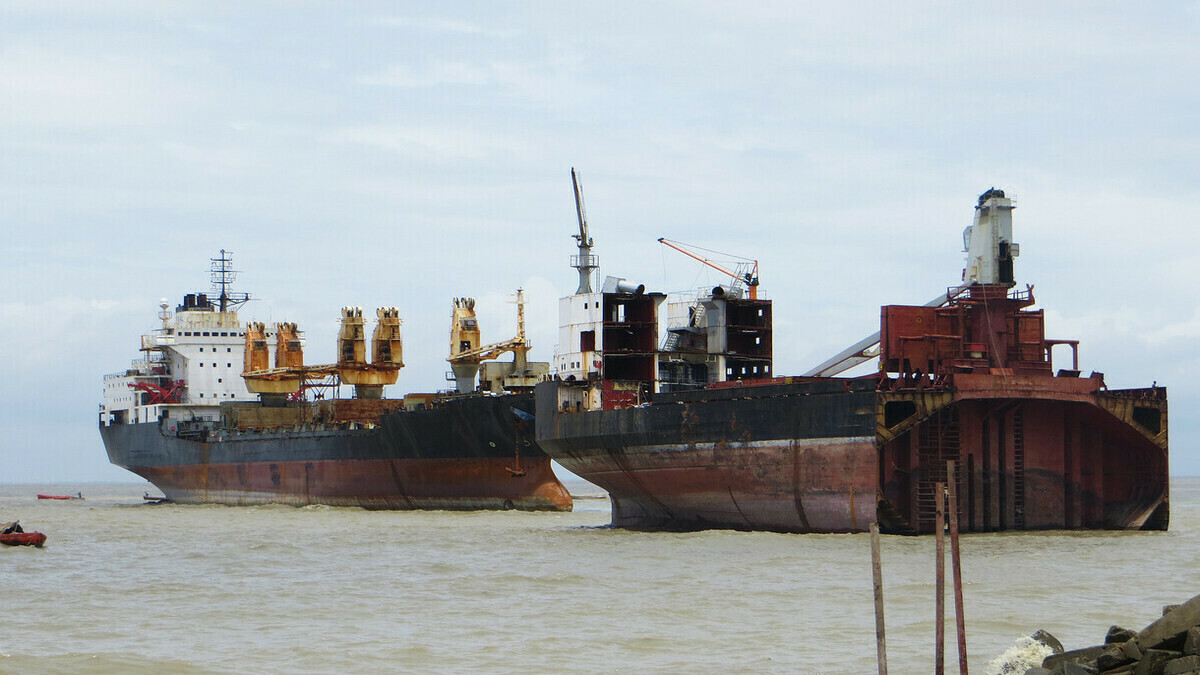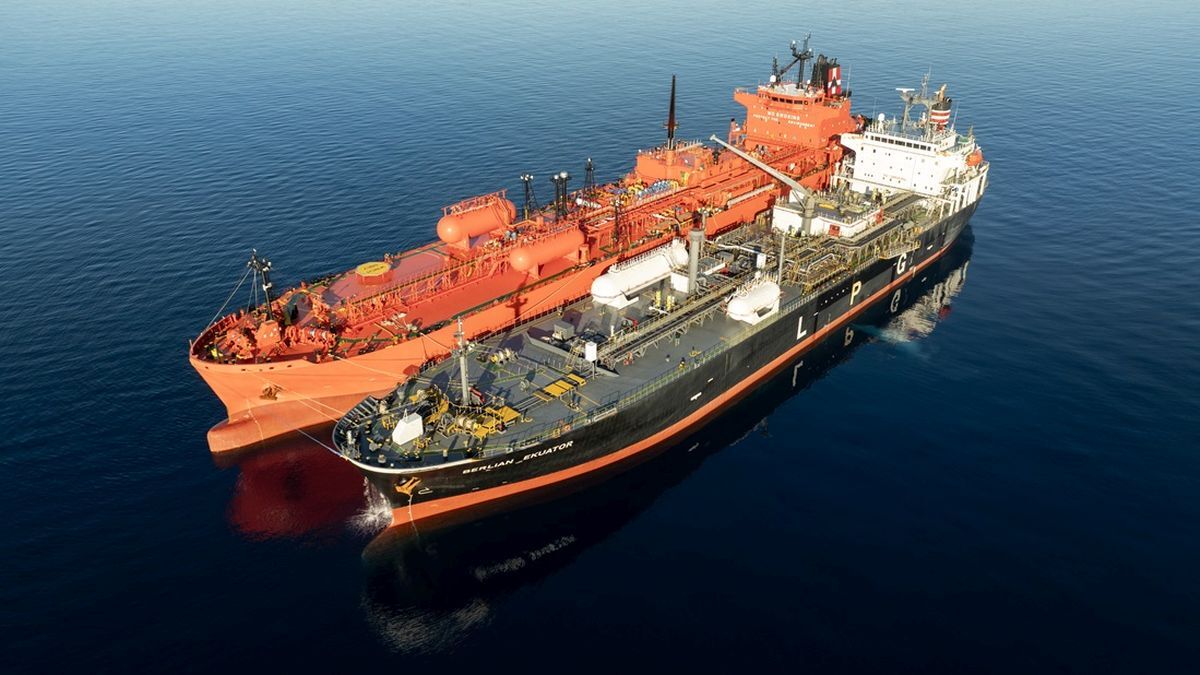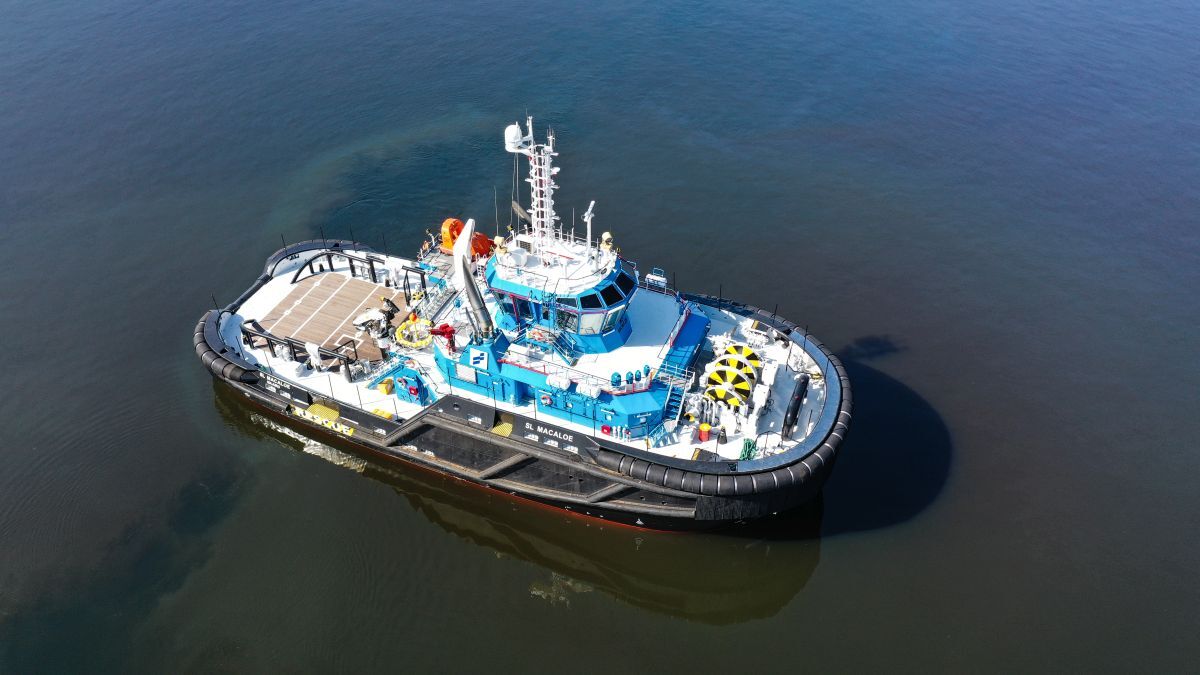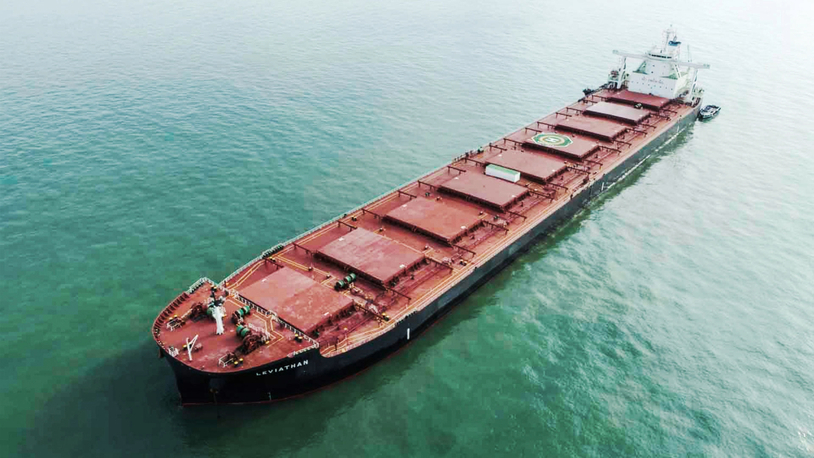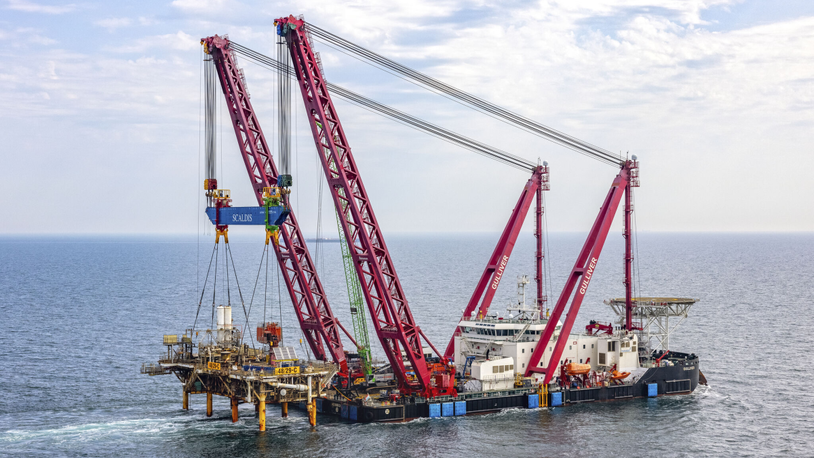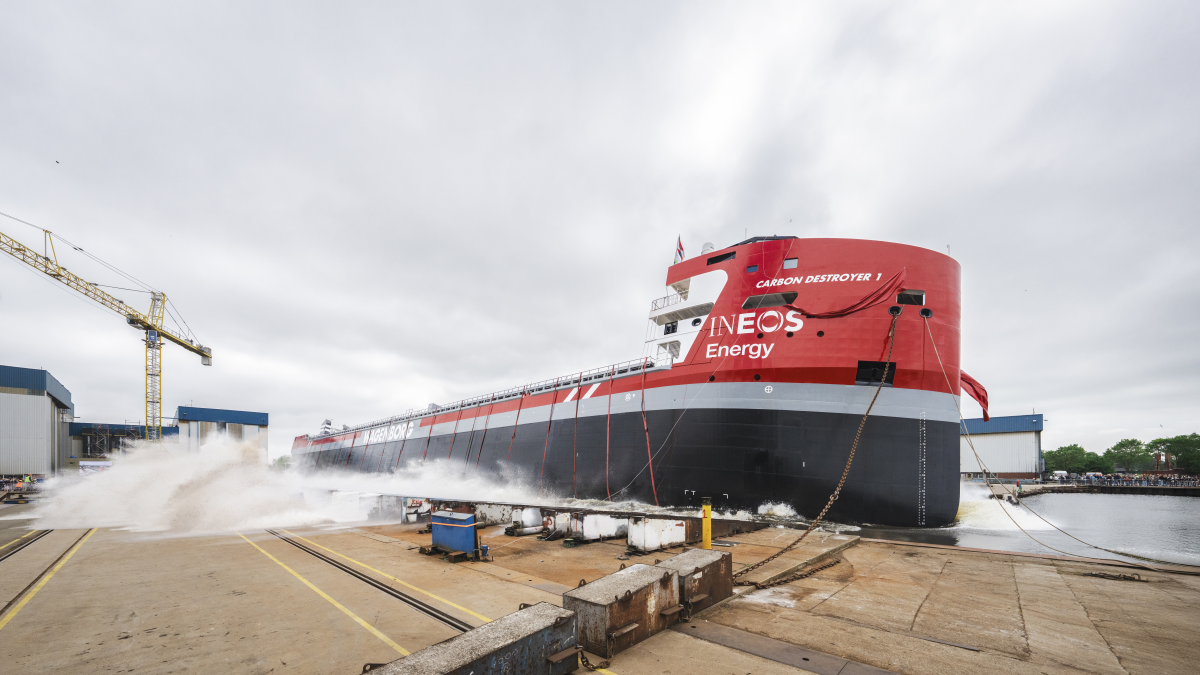Business Sectors
Events
Contents
Register to read more articles.
Sanctioned tankers sold for demolition in 'unusually structured' deals
While the grey tanker fleet continues to expand, market observers have noted a portion of these vessels have recently ended up in demolition yards – often under contracts that deviate from industry norms
Shipbroking and market sources told Riviera 15 grey fleet tankers have been demolished between 2024 and 2025, eight of which were sanctioned. All of the sanctioned vessels were scrapped this year, amid tightening Western restrictions.
The sources added another nine sanctioned tankers have reportedly been sold for scrap but not yet beached. “Although some of these could end up back in the grey fleet, it is expected several will be demolished shortly,” one source said.
Irregular contracts
According to BRS Shipbrokers, leaving the grey fleet is difficult unless vessels are sold on to other grey fleet operators. Cash buyers and shipbreaking yards typically transact in US dollars, meaning dealing with sanctioned or grey vessels exposes them to the risk of exclusion from the US financial system if enforcement actions are taken.
Recycling market observers noted sanctioned tankers can only be sold if a buyer is willing to bypass sanctions – sometimes by settling in less common currencies. Such transactions are often discounted, leaving sellers with demolition prices well below market levels, while breakers themselves face the possibility of regulatory scrutiny.
Sources also highlighted most of these demolition deals, conducted off-market, are evidencing unusual hallmarks when compared with standard transactions. Some contracts have, for example, included unusually long payment deadlines and lacked some safeguards that are typical of normal agreements.
As for the breakers prepared to handle sanctioned tonnage, sources stressed they are not aligned with the Hong Kong International Convention for the Safe and Environmentally Sound Recycling of Ships. Analysts also pointed out none of these yards have yet faced prosecution by the US – a factor that makes them more willing to take the risk, though it does not rule out retroactive enforcement.
Market observers suggested IMO, together with regulators such as OFAC, should consider measures to facilitate the safe and efficient handling of grey fleet vessels heading to recycling yards.
Grey fleet expansion
In early August, Riviera reported – citing BRS Shipbrokers – that the grey fleet is expanding at a rate of roughly 30 vessels per month. The brokerage now estimates the fleet at 1,140 ships totalling 127M dwt, comprising oil tankers over 3,000 dwt but excluding specialised and gas carriers. At the end of December 2024, the fleet stood at 930 vessels (110M dwt), highlighting a sharp year-to-date increase.
BRS further estimates 977 ships over 34,000 dwt, amounting to 126M dwt, now belong to the grey fleet. This represents 17% of the global tanker fleet in that size category, including 166 VLCCs and 133 Suezmaxes – meaning the grey fleet accounts for 18% of total global oil tanker capacity.
A year ago, only 191 tankers (about 25% of the grey fleet) were considered sanctioned, mainly due to links to Iran, Russia, or Venezuela through their owners or operators. Today, that figure has surged to 886 vessels – representing 78% of the fleet.
The structured demolition of sanctioned tankers and the regulatory challenges involved underscore growing pressures in end-of-life fleet management. These issues will be covered in “Ship recycling cannot wait: urgency, capacity and commercial realities” during our Ship Recycling Webinar Week. Click here to learn more and register for free.
Related to this Story
Events
Offshore Support Journal Conference, Americas 2025
LNG Shipping & Terminals Conference 2025
Vessel Optimisation Webinar Week
© 2024 Riviera Maritime Media Ltd.


